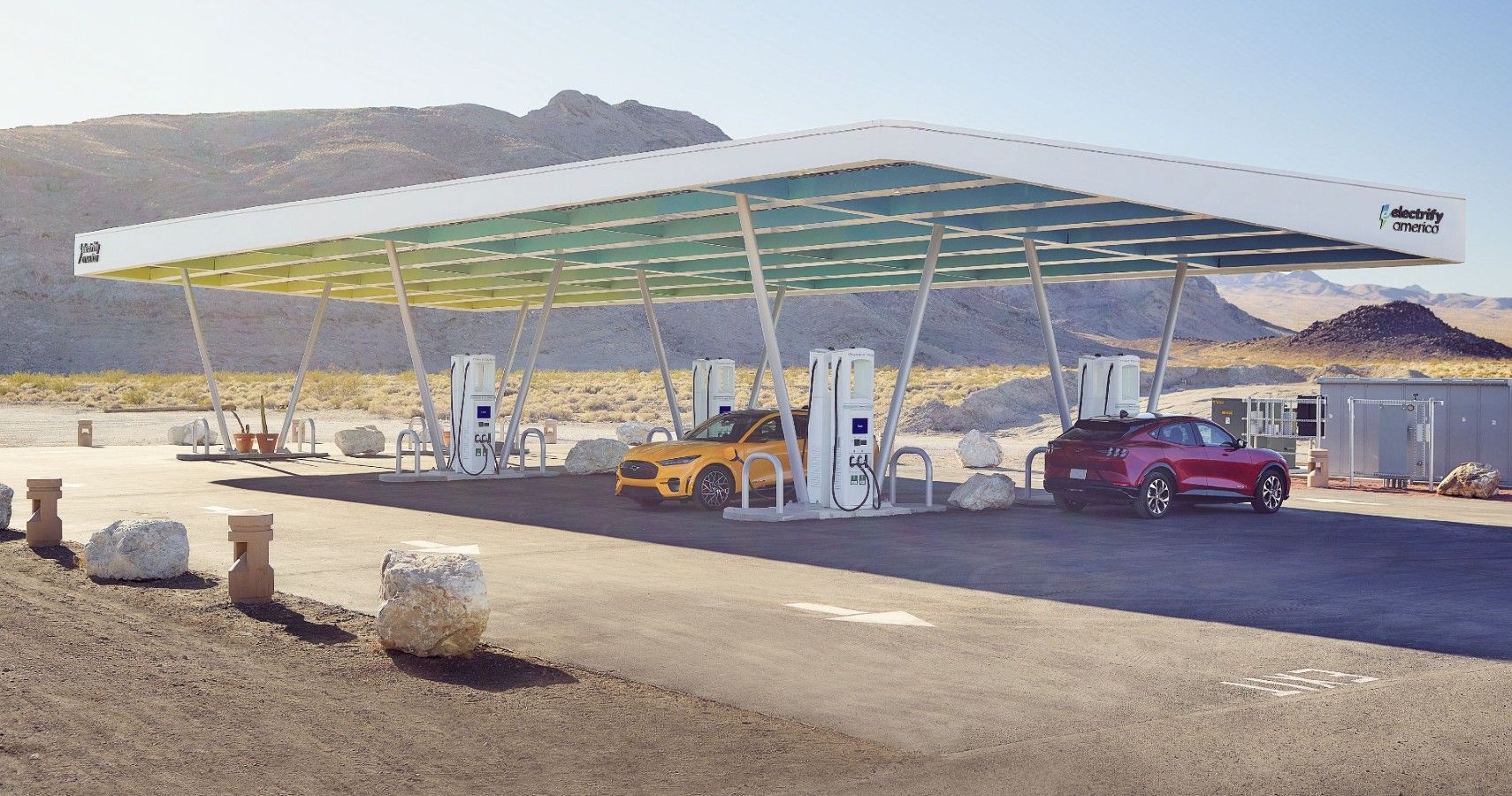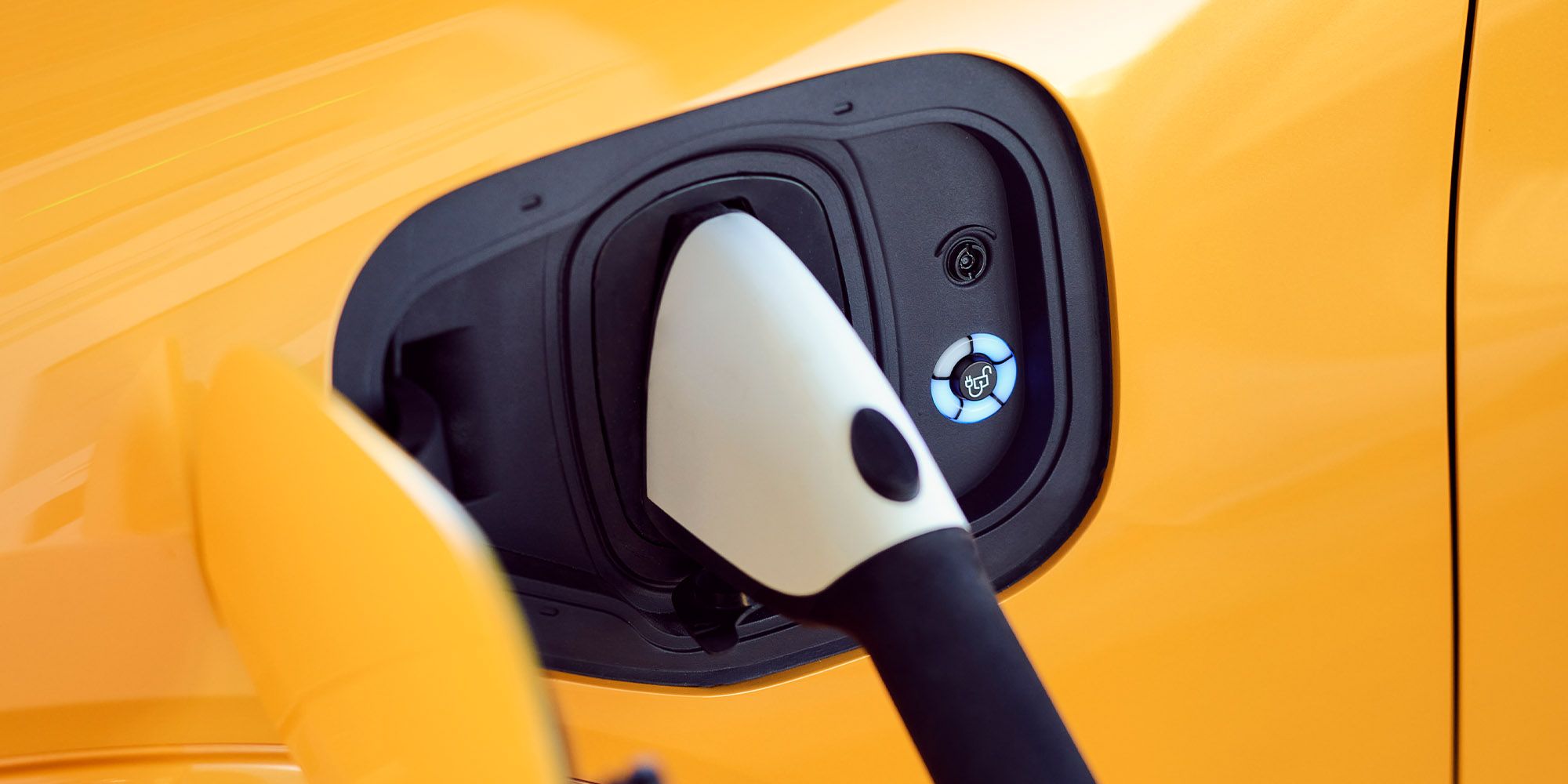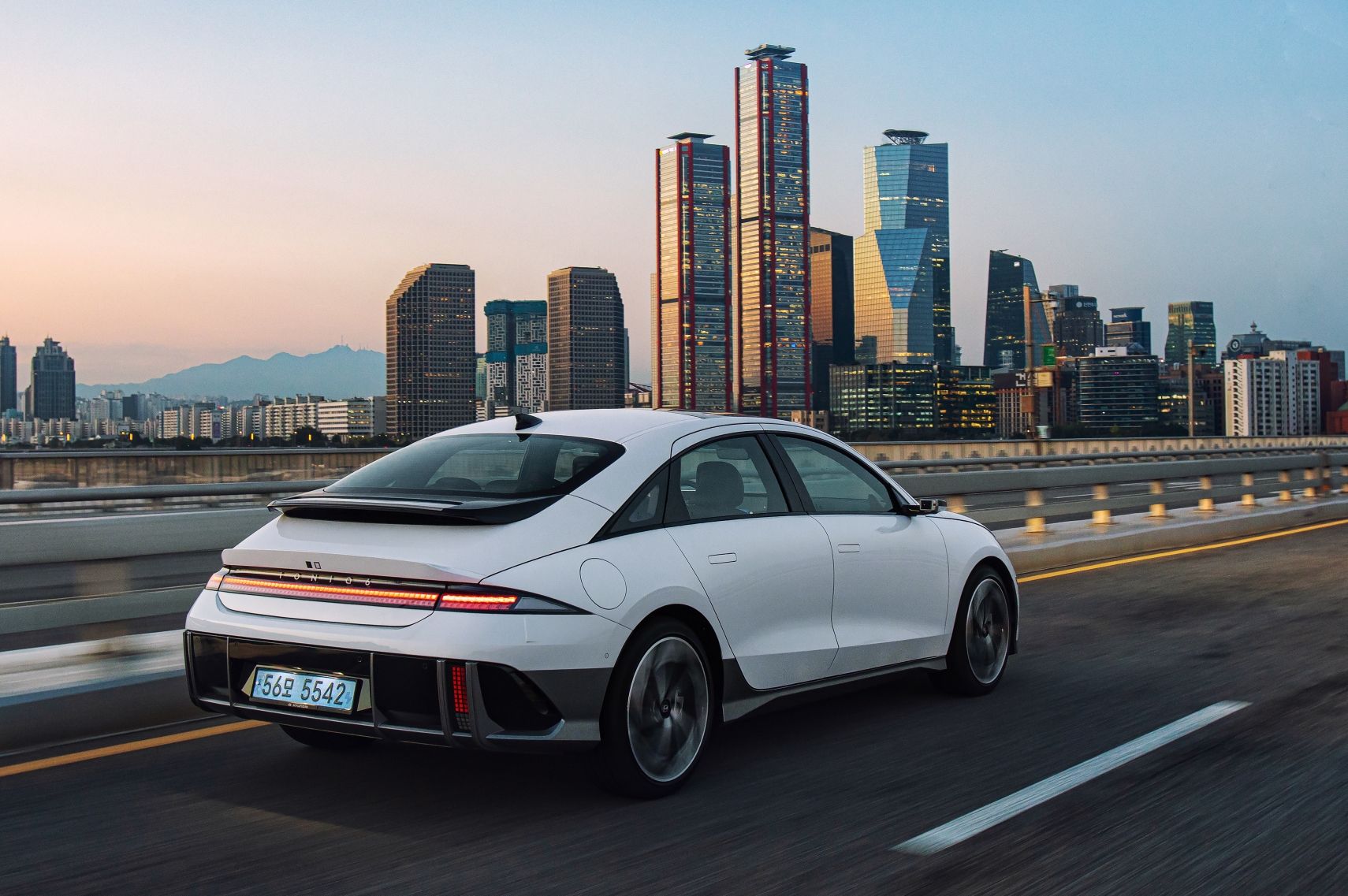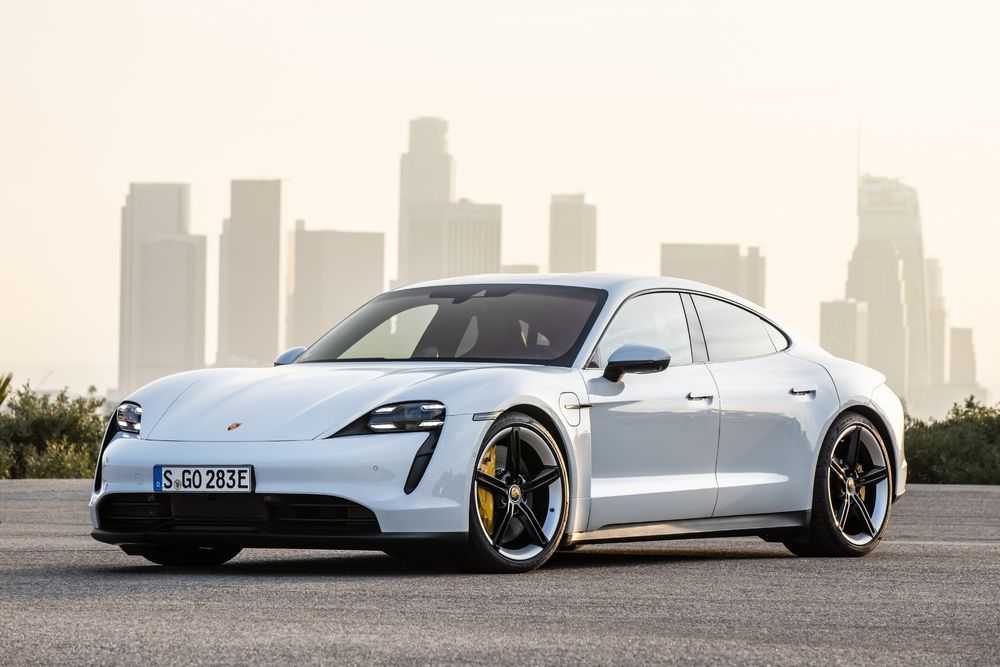Prospective buyers consider different things when buying a new car. Those that have to commute will probably care about fuel efficiency, whereas drivers who have young kids will prioritize in-cabin safety features. Outdoors enthusiasts will want a vehicle that keeps up with their adventurous lifestyle, like the Subaru Outback. And then again, city dwellers will look for compact cars that are easily parked in tight spaces. Essentially, our lifestyle, needs, and wants, determine what we buy. However, most consumers also think about price, financing options, and incentives. In most cases, the same considerations will apply even when we buy an electric vehicle, although some additional factors might influence our buying decision.
According to a Consumer Reports survey, price, range, and accessibility to charging stations continue to be the biggest deterrents to purchasing an EV. The survey also revealed that 28 percent of respondents would not consider purchasing electric vehicles, compared to 57 percent who would consider such vehicles, and 14 percent who would definitely do so.
Statistics got even more intriguing when Consumer Reports inquired about reservations consumers have about purchasing EVs. To that end, the survey highlighted that 61 percent of respondents were anxious about charging logistics, 55 percent had concerns about driving range, and 52 percent worried about the costs associated with EVs. To be fair, these are all valid concerns. For all the hesitant prospective buyers out there, here is a breakdown of what you need to consider before buying your first electric vehicle.
Pricing, Financing, And Tax Incentives
Although several EVs no longer qualify for tax credits, some models are still eligible. According to HotCars contributor Eugenia Akhim, the automobiles that may be eligible for the federal tax credit for 2023 are the Tesla Model 3 (2022), Tesla Model Y (2022), Chevrolet Bolt EV (2022-2023), Chevrolet Bolt EUV (2022), Chevrolet Blazer EV, Chevrolet Silverado EV, Cadillac Lyriq (2023), Ford F-150 Lightning (2022), Ford Mustang Mach-E (2022), and the Volkswagen ID.4 assembled in Tennessee.
But in this case, it’s not just the $7,500 tax credit for a new EV and the $4,000 tax credit for a used EV that counts. Pricing is the most crucial factor when buying a new car. Considering that the cheapest EV retailed in the U.S. is the 2023 Chevy Bolt, which has an MSRP of $26,595 and the average cost for a new electric vehicle has risen to $67,000, we can all agree that EVs come with a serious financial investment. Furthermore, with interest rates surging, potential buyers will have to consult their bank or auto lender to determine which choice is best for them. The typical loan terms are 24, 36, 48, 60, 72 and even 84 months, but both sides can agree upon longer durations.
Charging Networks
Nobody wants to run out of gas on the highway, and the thought of becoming stranded on a lonely road with a dead EV battery is even more terrifying. For those who travel through distant areas of the nation, having access to a secure EV charging network is crucial because there is still a long way to go before the Biden administration brings the electrical future to rural America.
“There are many areas that are uninhabited and so remote that they do not have any towns or even a single house that can be seen along the route… Several hundred miles along these routes, there are no gas stations, restaurants, or even places where truckers can charge their cellphones, and this is the case for hundreds of miles along US roadways in Nevada,” wrote Kristina Swallow, the director of the Nevada Department of Transportation, in a comment letter to the FHWA. Evidently, it is too expensive and unpractical to build charging networks in these isolated places.
Vehicle Range
Now, that we’ve established that not all areas have EV charging stations, it's easy to understand why potential buyers remain preoccupied with vehicle range. As per EPA, the average driving range for the 2021 model year EV declined to 234 miles from 259 miles for the 2020 model year. Naturally, there are several models with a far better driving range than 234 miles. The luxurious 2023 Lucid Air Dream Edition Range model has a range predicted to reach 520 miles on a single charge, according to EPA. Meanwhile, the Dream Edition Performance that speeds up from 0 to 60 miles per hour in 2.5 seconds could reach 471 miles on a single charge. Elsewhere, the 2022 Tesla Model S has a driving range of up to 412 miles.
The Cost Of Owning An Electric Vehicle
Something else to consider before buying an EV is the cost of ownership. According to AAA's Your Driving Costs report, the cost of buying and operating a new car has reached $10,728 per year or $894 per month in 2022. This represents a significant increase from 2021, when the average costs to own a new car was $9,666 per year, or $805 per month. As vehicle-related costs continue to climb, drivers should be aware that some states have cheaper expenses than others. This is because of sales tax, gas prices, repair and maintenance costs, and registration costs.





